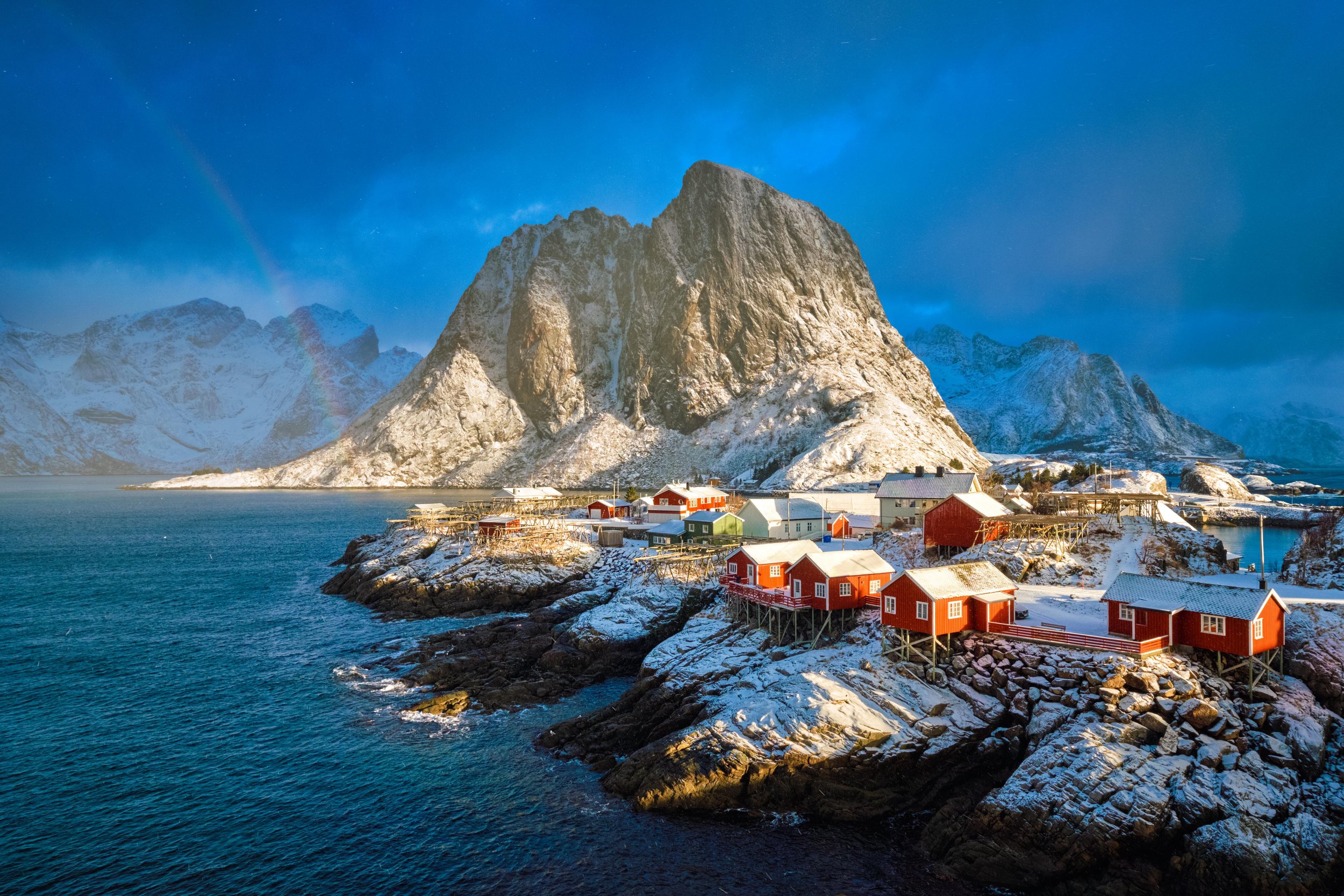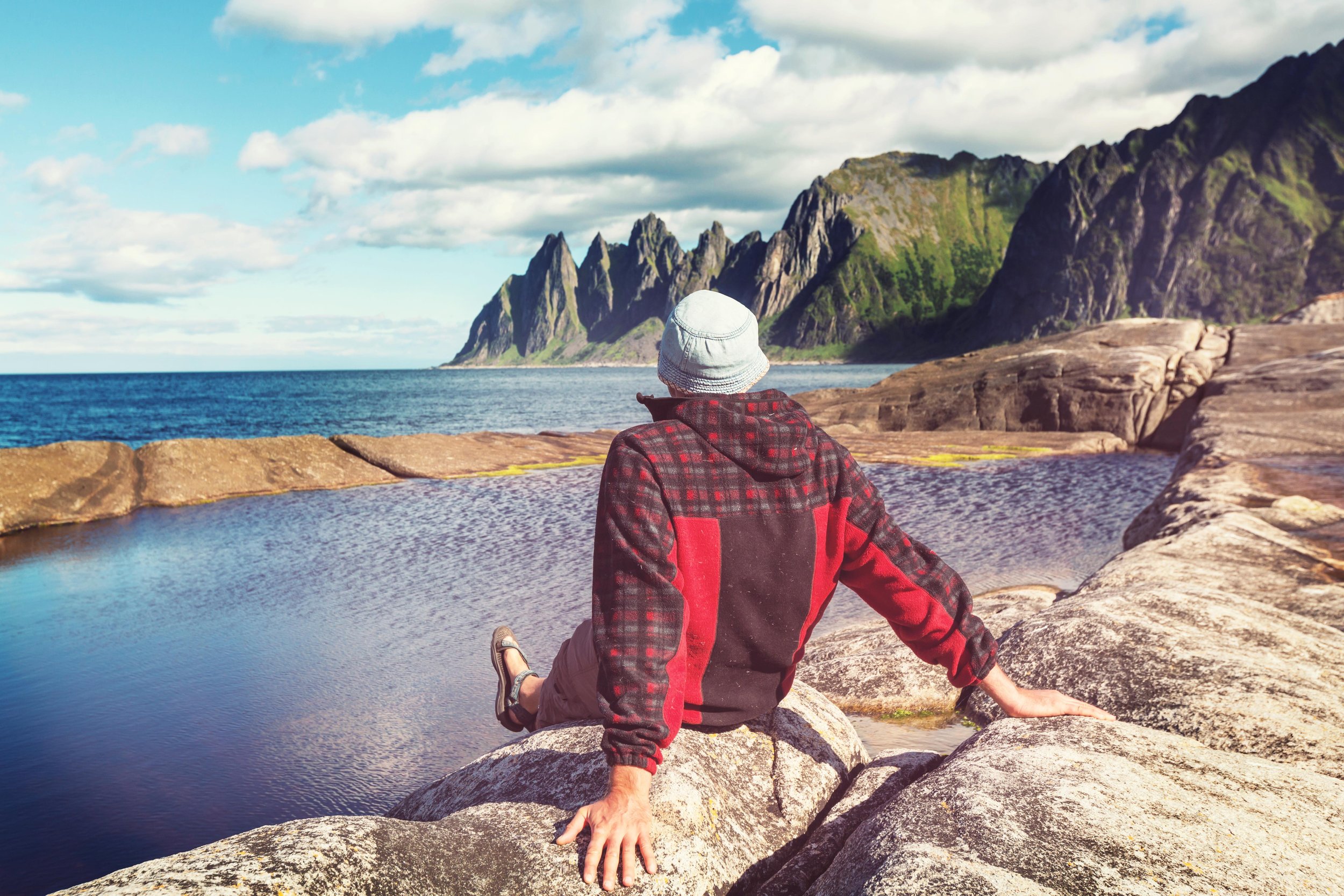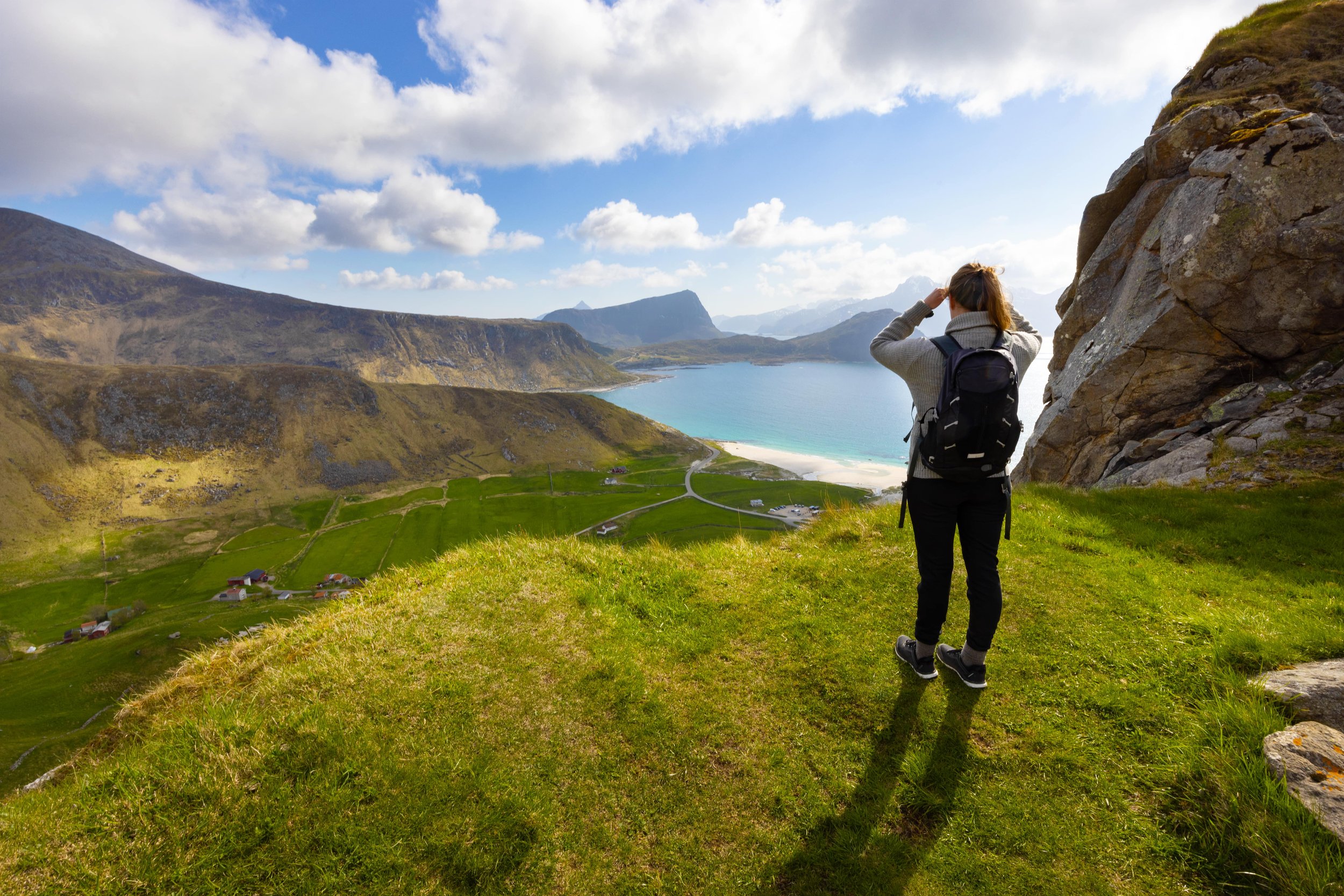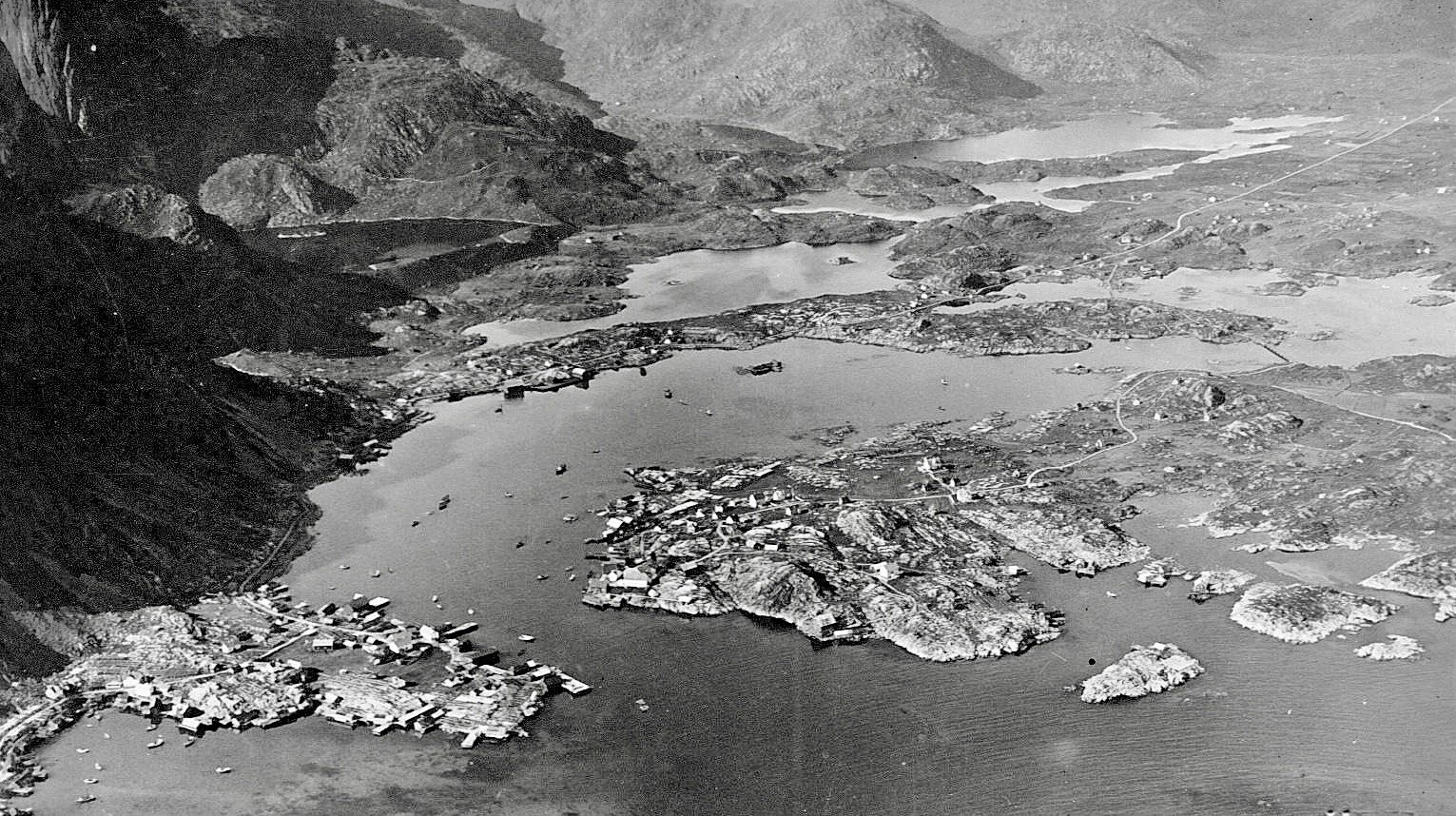
Introduction to Lofoten
Introduction to Lofoten, understanding what can make you visit more memorable.
Geography: Lofoten is an archipelago located in the northern part of Norway, above the Arctic Circle. It consists of several islands, including Moskenesøya, Flakstadøya, Vestvågøya, Gimsøy, and many smaller islets. The archipelago is surrounded by the Norwegian Sea to the west and the Vestfjorden to the east.
History: Lofoten has a rich history dating back to the Viking era, and its main industry has long been fishing. The archipelago was also an important center for the production of stockfish, a dried cod that was exported to other parts of Europe. In more recent times, Lofoten has become a popular tourist destination, with visitors drawn to its rugged landscape, pristine beaches, and unique culture.
Culture: The culture of Lofoten is heavily influenced by its geography and history. The fishing industry has been a central part of life in Lofoten for centuries, and many locals still rely on fishing for their livelihoods. The archipelago is also home to a vibrant arts scene, with many galleries and museums showcasing the work of local artists.
Wildlife: Lofoten is known for its rich wildlife, including sea birds, seals, otters, and whales. Visitors may also spot reindeer grazing on the mountainsides.
Climate: Due to its northern location, Lofoten experiences long periods of daylight in the summer and long periods of darkness in the winter. The climate is relatively mild for its latitude, thanks to the warming effects of the Gulf Stream, but visitors should be prepared for variable weather conditions.
Overall, Lofoten is a unique and fascinating destination with a rich cultural and natural heritage.
Also check out: How to Explore the Lofoten Islands
Hiking: Lofoten is a hiker's paradise, with trails of varying difficulty levels that offer stunning views of the landscape.
Beaches: Lofoten is home to some of the most beautiful beaches in the world, such as Haukland Beach and Kvalvika Beach.
Whale watching: Take a boat trip to see whales, orcas, and other marine life in the surrounding waters.
Northern Lights: Lofoten is a great place to see the Northern Lights, especially during the winter months.
Fishing: Lofoten has a rich fishing history, and visitors can try their hand at fishing or visit a fisherman's village.
Museums and galleries: Learn about the local history and culture at the Lofoten Museum, the Norwegian Fishing Village Museum, and various art galleries.
Kayaking: Explore the beautiful fjords and coastline of Lofoten by kayak.
Food and drink: Sample the local cuisine, such as dried fish, stockfish, and Arctic char, and visit local breweries and distilleries.
Scenic drives: Take a scenic drive on the E10, which offers breathtaking views of the surrounding mountains and fjords.
Photography: Lofoten is a photographer's dream, with endless opportunities to capture stunning landscapes and wildlife.
These are just a few of the many things to do in Lofoten. With its natural beauty and cultural heritage, Lofoten offers a unique and unforgettable travel experience.
Renting a car in Lofoten can be a great way to get around and explore the region at your own pace.
Note: If you're arriving by boat at Lofoten Harbor - Leknes, make sure to inform the rental company that you want the car delivered at the harbor, not the airport. When making your booking, you can specify "Lofoten Harbor - Leknes" and your ship's name in the "comment" or "flight number" section.
Other related topics that you might find interesting
-

FAQ for Lofoten
-
Brief history of Lofoten
-

When is the best time to visit Lofoten?
-

What are the best ways to explore the islands of Lofoten?
-

What should I pack for my trip to Lofoten?
-

How long should I spend in Lofoten?
-

What is the weather like in Lofoten?
-

Do i need cash when visiting Lofoten?


